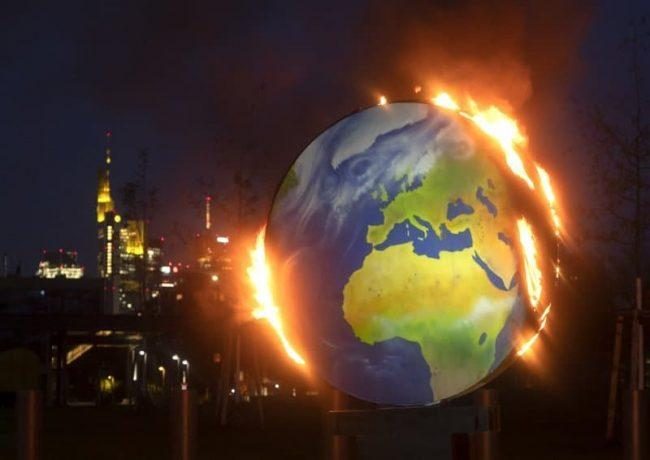
Remember when Donald Trump wanted to nuke hurricanes so they didn’t hit the US? Everyone laughed uproariously, but Trump’s warped little mind was actually on to something. You may not be able to bomb hurricanes into oblivion, but you can shoot things into the atmosphere in order to change the weather. It’s a process known as cloud seeding and a number of countries, including the UK and the US, have been experimenting with it for decades.
There hasn’t been a huge amount of mainstream attention paid to cloud seeding or other forms of geoengineering, but now is the time to sit up and take notice: China has massively ramped up its efforts to control the weather, a move that should alarm us all.
Between 2012 and 2017, China reportedly spent more than $1.34 bn (£1bn) tackling water shortages by wresting control of the elements. But what it plans to do now is on a completely different scale. Earlier this month, China’s state council announced that by 2025 its weather modification programme will cover around half the country. It is aiming to control rain and snow across an area that is more than one-and-a-half times the size of India, or 20 times the size of the UK. In other words, a bloody huge area.
How successful China will be at making it rain and snow is debatable. Earlier this year, a study funded by the US National Science Foundation found that: “Cloud seeding can boost snowfall across a wide area if the atmospheric conditions are favourable.” This is one of the first studies to show that cloud seeding works; however, the current technology is not exactly simple or cost-effective. We can’t just turn the rain on and off with the flick of a switch, nice as that would be.
But how successful China will be is almost beside the point. What is really terrifying is why it is scaling up its weather modification programme. It is not just posturing (although that certainly plays into it), it is also desperation. The climate crisis isn’t around the corner – it is here. Water shortages now affect more than 3 billion people around the world. About 1.5 billion people are suffering severe water scarcity. The UN estimates that, by 2030, water scarcity will have displaced up to 700 million people. And if all those statistics don’t worry you, the fact that investors have started taking water scarcity seriously should: earlier this month, water futures began trading on Wall Street for the first time.
This, of course, is just one part of the many climate-related issues the world faces. It has been five years since the Paris accord, and, as Greta Thunberg recently warned, we are “still speeding in the wrong direction”. The last decade was the warmest on record, and every year seems to bring “unprecedented” natural disasters. I don’t need to tell you this, of course. You know this. We all know this. And yet the world’s leaders still haven’t committed to the sort of action that needs to be taken to the curb the crisis we are careering towards. There is no real will to change the status quo. No real will to fundamentally change our behaviour. No real will to reassess an economic model that is fixated on growth, growth, growth – growth at any cost.
There is, however, a will to pump money into shiny new technology that promises miraculous fixes. I can’t predict the future (or change the weather) but I reckon we’re going to see a boom in experimental geoengineering over the next few years, and not just from China. But no matter how smart we think we are, I have a feeling mother nature will be the one getting the last laugh.
UK Guardian


